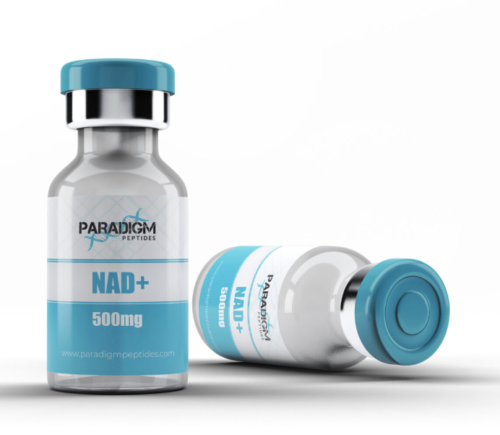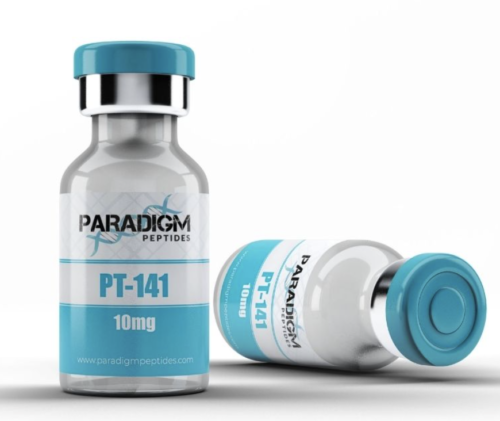Maintaining good oral hygiene is vital for overall health, and a key aspect of this is choosing the right toothpaste. There is a common debate surrounding the use of fluoride in toothpaste, with some claiming it to be harmful. In this article, we will examine the facts about fluoride and address its alleged harmful effects. Additionally, we will explore toothpaste options that can help strengthen and whiten your teeth effectively.
Understanding Fluoride
Fluoride is a naturally occurring mineral found in water sources and certain foods. It has been extensively studied for its positive impact on dental health. The addition of fluoride to toothpaste has been a major advancement in preventive dentistry, as it aids in strengthening tooth enamel and fighting tooth decay.
Debunking Fluoride Myths
- Fluorosis: One common concern is the development of fluorosis, a cosmetic condition caused by excessive fluoride intake during tooth development. Mild fluorosis may result in barely noticeable white spots on the teeth, while severe fluorosis can cause brown stains and pitting. However, fluorosis is predominantly associated with high fluoride levels in drinking water or excessive fluoride consumption in children below the age of six. When used as directed, fluoride toothpaste poses no significant risk of fluorosis.
- Neurotoxicity: Some studies have suggested a potential link between fluoride exposure and adverse neurological effects. However, the majority of these studies were conducted in areas with extremely high fluoride levels, far beyond the recommended levels for water fluoridation or toothpaste use. The overwhelming body of scientific evidence does not support the notion that fluoride, when used appropriately, is neurotoxic.
Choosing the Right Toothpaste
While fluoride is generally safe and beneficial for dental health, there are various toothpaste options available to suit individual needs. Consider the following factors when selecting toothpaste for stronger and whiter teeth:
- Fluoride Content: Look for toothpaste that contains fluoride, preferably in the range of 1,000 to 1,500 parts per million (ppm), as recommended by dental professionals. Fluoride helps strengthen tooth enamel and prevents tooth decay.
- Whitening Toothpaste: To achieve a brighter smile, consider toothpaste with mild abrasives or whitening agents. These toothpaste formulations can help remove surface stains caused by coffee, tea, tobacco, or certain foods. However, it is essential to note that they may not alter the natural color of your teeth.
- Sensitivity Relief: If you have sensitive teeth, opt for toothpaste specifically designed to alleviate discomfort associated with hot, cold, or sweet stimuli. These toothpaste variants contain ingredients that help reduce sensitivity over time.
- Tartar Control: Tartar buildup can contribute to gum disease. Select toothpaste that incorporates ingredients like pyrophosphates or zinc citrate, which help inhibit tartar formation.
Conclusion
Fluoride remains an essential tool in maintaining optimal oral health. Despite some misconceptions surrounding its use, the benefits of fluoride in preventing tooth decay significantly outweigh any potential risks. When selecting toothpaste, ensure it contains fluoride within recommended levels and consider other factors like whitening, sensitivity relief, and tartar control based on your individual needs. Remember, regular brushing, flossing, and professional dental care are equally crucial for achieving stronger, healthier, and whiter teeth.
Disclaimer: This article is not intended to provide professional dental or medical advice. Please consult with your dentist or healthcare provider for personalized recommendations.













Leave A Comment